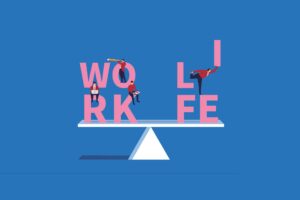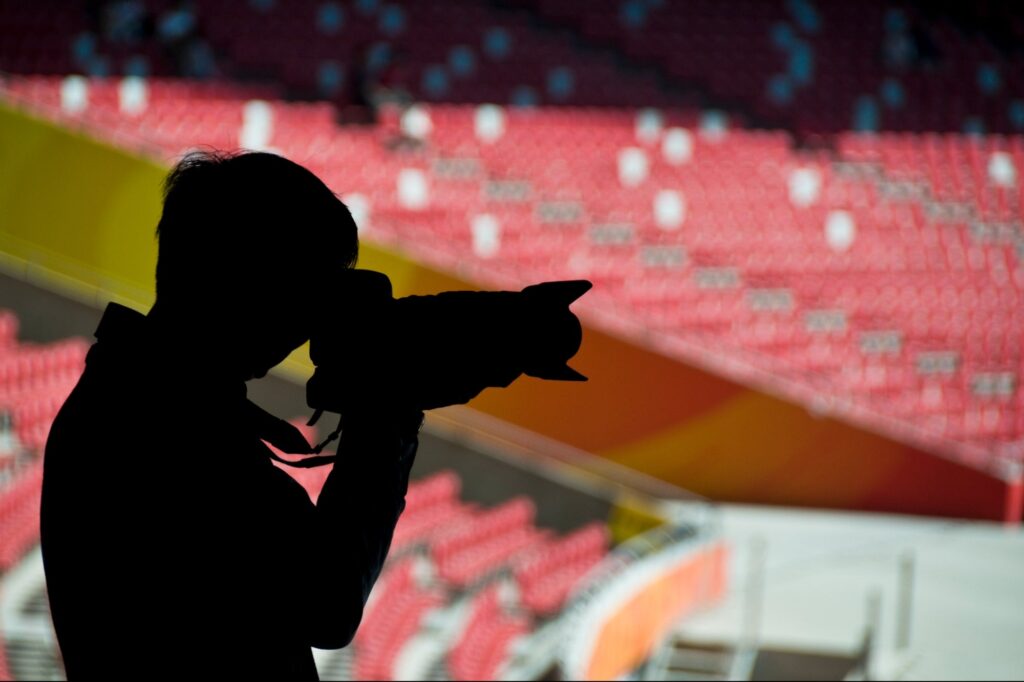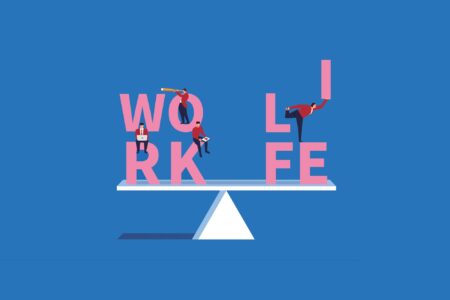Entrepreneur
As a stock photographer, I always look for opportunities to break away from the usual stock photo routine. Although editorial images and sports photography are not your regular stock photo subjects, I like their brutal honesty — you can’t stage a moment, and there’s no post-processing trick to replace that perfect shot. It’s all about capturing the raw reality.
Capturing those split-second moments in sports is both an art and a science that takes some practice and experience, but if you are into sports photography and have the right approach, you can turn your passion into profit.
Drawing on the experience of Dreamstime’s stock photo community, here’s what I would recommend as critical elements to produce successful sports photography:
Gain access to events
The first step in sports photography is accessing the events you want to shoot. This can be challenging for major competitions, as access is usually restricted to accredited press photographers or well-established freelancers. Wearing the coveted photo vest that grants you field-level access at big-league events isn’t easy, but it is not impossible to achieve. It takes time, exposure and recognition, so starting small may be suitable.
Don’t be discouraged if you can’t immediately attend top-tier events. Many secondary leagues or less popular sports events are more accessible and often welcome photographers with open arms. The aim is to capture the competitiveness and intensity of sports games. Your most significant gain will be that you will practice improving your skills while building and diversifying your portfolio without the restrictions of big sports events. Covering these smaller events can often lead to great stories and unexpected opportunities.
Stock photo platforms aren’t primarily focused on editorial content. Still, they feature a significant amount of it in their libraries, and this type of content is often in high demand. This means stock photo sites will take your sports shots, whether generic, little league, or big league. Some platforms, like Dreamstime, may assist you in gaining press access by providing an accreditation letter, so it’s worth reaching out to see if such options are available.
Another way to get access to sports events is to work one-on-one with an athlete. Networking is crucial, and athletes are interested in building their brands and online presence, so partnering with an athlete is a win-win for growth and visibility.
Related: 5 Lessons I’ve Learned While Building a Thriving Online Community
Invest in the right equipment
Sports photography is demanding and highly competitive, and having the right equipment is essential for capturing those perfect moments. Prepare for many in-action and in-motion shots, but the good news is that these are very popular with stock photo venues. And if you’re shooting at a small sports event where you can get signed model releases to sell your content commercially, you’ve hit the jackpot.
You need a fast, preferably solid camera with excellent focusing capabilities and low noise in low light. You must match it with perfect lenses, with wide aperture, of any focal length. You don’t necessarily need the latest models. If you don’t have the right equipment but still want to shoot sports, you can scoop around the second-hand market and find competent tools. Pro photographers often update their equipment to stay competitive, so many of their models from previous years have ended up on eBay for great prices. If you don’t have the $5000 Canon R3 or 1Dx Mark III, that’s okay. You can find the 1Dx or even the 1D Mark IV at advantageous prices, under $1000. Even if you don’t have the $10.000 100-300mm f2.8 from Canon, you can still buy a perfectly good 300mm f2.8 for around $1500.
But still, depending on what sports you intend to shoot, you will need good, solid, fast camera bodies and equally good lenses. A 300mm or 400mm lens will work great if you’re shooting field sports. Many photographers prefer using the 400mm lens, but it’s much more expensive, and you don’t always need that 100mm extra. Yet, the focal length and the maximum aperture of the lens count when subject separation from the background, so you should go for a long lens with a wide aperture; f2.8 works best. For the second camera, a 70-200mm with 2.8 should be enough to freeze the action when it’s close to you. For indoor sports, a 70-200mm f2.8 is a must; for the second camera, an 85mm f1.4 would be perfect (or 50mm f1.4 if you have a lower budget). The lights in the sports arenas are less bright for your cameras than they seem to be for your bare eyes.
Try shooting sports with two cameras and different lenses on them. As the action happens fast, you don’t have time to change lenses when the players get too close, and it’s much easier and quicker to leave one camera with the long lens down on the ground and pick up the other with a shorter lens on it. The “leave on the ground” part is why I insist on solid equipment; sometimes, you must do that relatively fast.
It’s also essential to have a foldable camping stool to sit on and photograph the players from a lower level (sitting directly on the ground for 2 hours will be challenging when you’re shooting) and a monopod for the long lens because those big guns can weigh quite a lot. The 400mm f2.8 weighs 3 kilograms, and the 300mm f2.8 weighs around 2.5 kilograms; it may sound doable when you think about it, but hand-holding them for 2 hours straight is no easy work.
Related: How to Elevate Your Online Sales with Cutting-Edge Product Photography
Master your photographic skills and gear
Success in sports photography depends greatly on mastering your camera settings and being versatile when working in manual mode. Capturing fast-moving action requires quick reflexes and a deep understanding of your gear.
You should adapt to changing light conditions and use the correct settings for each situation. Usually, to freeze the action, you would need a shutter speed of over 1/1000. However, you may also want a nice separation from the background, so if you use the f2.8, you might need to go to 1/2000 shutter speed, depending on the available light. That will work for field sports, but if you’re indoors, you might need to push the diaphragm to f2.0 or less and the ISO to 2000 or more to keep the shutter speed as high as possible.
Learn to use the AI Servo focusing mode to take sharp photos when the subject is in constant motion. Also, make a habit of checking your settings whenever you can. Not all the time, because you have to follow the action and always be ready to shoot, but whenever the action is low, throw an eye on those settings and check if everything is still how it should be.
Once you’ve mastered the basics, experiment with creative techniques like zooming and panning. Zooming involves using a slower shutter speed (1/15 to 1/40) while zooming in or out during the exposure, creating a dynamic burst effect. Conversely, panning requires you to follow the subject with a slow shutter speed (1/80 to 1/100), resulting in a sharp subject against a motion-blurred background. Both techniques require practice but can produce stunning, unique images of great, inspiring sports moments.
Related: 3 Ways to Use Images to Elevate Your Business
Find the right sale venue
Considering their editorial nature, stock photo agencies may not be your top choice of venue to sell your work. Big-name media outlets usually pay high amounts for record-breaker shots. However, if you are not working exclusively with a media outlet, remember that stock photo sales can be a consistent source of income over an indefinite period. You can sell the same shot as many times as you wish. Stock photo platforms allow you to upload non-exclusively and sell your images to various clients, from media outlets to businesses, indefinitely and infinitely, under various license agreements. An image can be your constant source of revenue for a lifetime, sometimes generating thousands of dollars from sales on stock sites.
News outlets, blogs and magazines illustrate articles, reports and stories using editorial photos, and quite often, they source their imagery from stock photo platforms. A stock photo agency markets and sells your work to a diverse clientele worldwide, increasing your exposure and visibility without you making any additional effort other than uploading your file with them. In addition, stock photo agencies usually protect your images and intellectual property rights. Despite the challenges, you’ll find it worth playing this game.
Read the full article here











